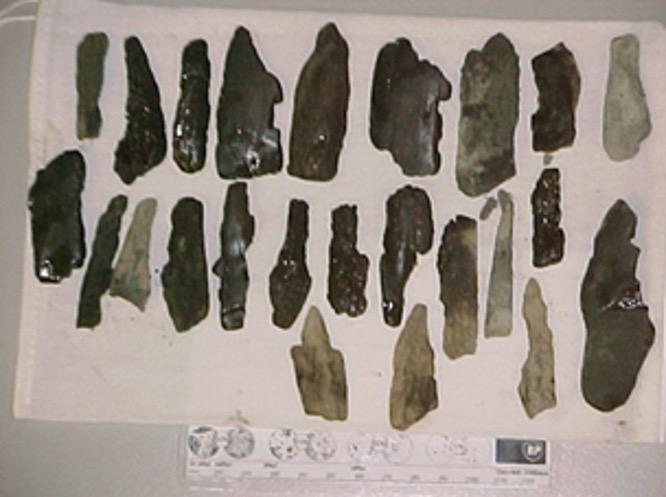Evaluating the magnitude of pore (or formation) pressure is central to a geomechanics investigation as pore pressure controls the effective normal stress, which largely controls rock deformation and failure. A central objective to pore pressure prediction (PPP) is to prevent the risk and expense of kicks, blowouts, lost circulation and stuck pipe for drilling applications, though it is also critical for reservoir operations.
PPP is also a key parameter for hydraulic fracturing design, particularly in Unconventionals.
State-of-the-practice methodologies, including the normal compaction trend (NCT) – Eaton’s approach or unloading – Bower’s method, are employed depending on the overpressure generation mechanisms and OFG experience.
Critically, OFG works with its client to understand the limitation and inaccuracies of the common compaction-induced pressure estimation techniques (like Eaton’s and Bower’s methods) and the limitation of these for evaluating overpressuring associated with diagenetic changes in the rock.
At the reservoir scale, PPP is often conducted using seismic interval velocities and wellbore-derived relationships (Eaton, Bowers).
How is PPP Handled in Unconventionals?
PPP in Unconventionals is a very challenging task, both because of the ultra-low permeability that impedes a fast response of gas/liquids inflows when drilling and because the dominant cause of overpressuring is diagenetic related – and not compaction induced (as assumed in, for example, Eaton’s equation). In most conventional plays, where pressure communication between the formation and the wellbore is rapid, kicks and inflows, when compared to the mudweight (both static and ECD), may provide a quality measure of formation pressure. However, in Unconventionals, due to the low permeability, high overpressure may be present but no inflows are detected. And, unfortunately, assuming the mudweight is an indicator of formation pressure in Unconventionals is common mistake.
The high organic content of most Unconventional formations also tends to alter the petrophysical response, leading to a misinterpretation of pressure. So for Unconventionals we use:
- • Corrected Eaton using poroelasticity, a very detailed petrophysical model, and thermal maturity evaluations;
- • Empirical equations based on TOC;
- • Temperature vs effective stress relationships (a proxy for thermal maturity);
- • Geomechanical back-analysis.
Real-Time (RT) Pore Pressure Detection
OFG can also support RT PPP analyses and detection by streaming real-time data and importing into the models, comparing to pre-drill estimates, and developing alerts for corrections when needed. We will also use several pore pressure detection methods for calibration, such as D-exponent, LWD, and field indicators (e.g., connection gas, total gas, mud gas, ROP, PWD, and wellbore failure indicators such as cavings morphology).





